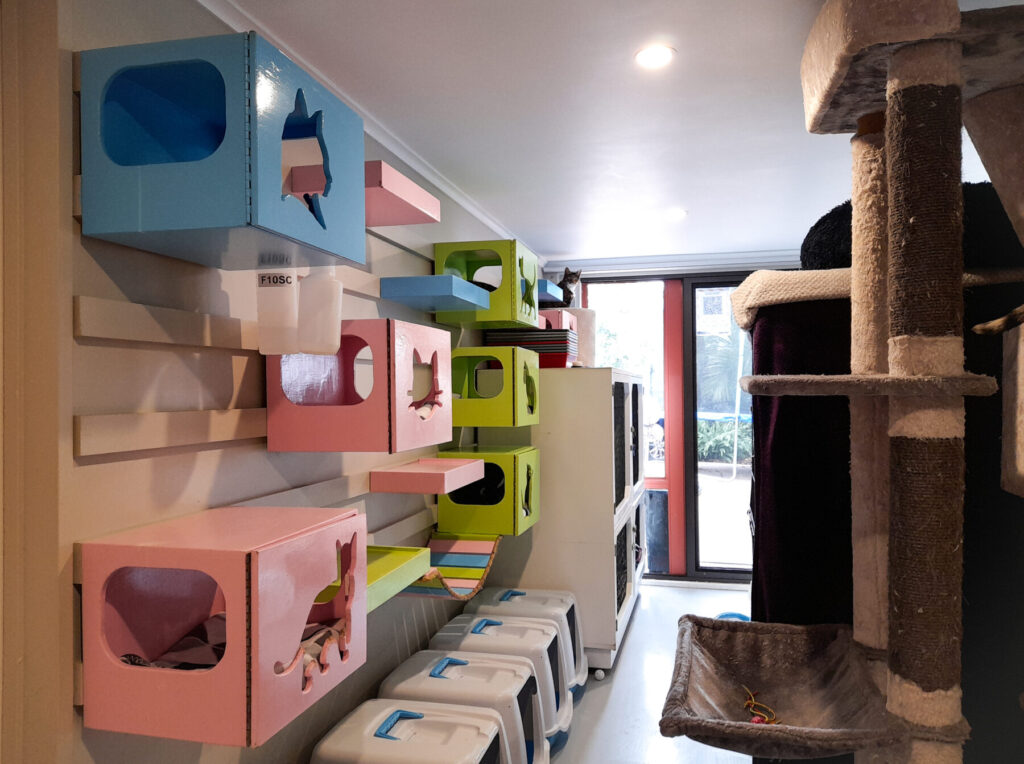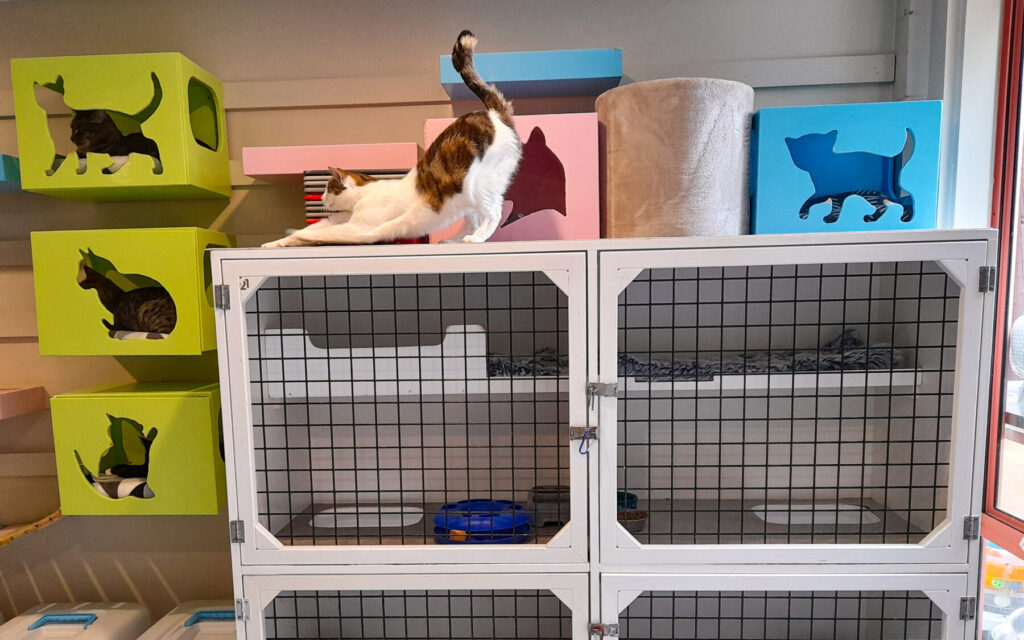A Paw-sitive outlook during covid
After 12 years of service, Paws4Life still stands as one of Waikato’s leading examples of kindness – but is kindness enough to save our furry companions?
Rescue service takes cats from a dark hiss-tory to a brighter fur-ture

Paws4Life was founded by ex-SPCA inspector Rachael Maher in 2010. Maher was joined 6 years later by Jay Johanssen, who runs the charity alongside her. With 12 years of saving animal lives under their belt, how have these two kept Paws4Life going during the challenges of a pandemic, and what are the emotions and hopes that come with running a rescue paramount to saving animal lives?
The Waikato
Independent spoke with Jay Johanssen to find out more.
Johanssen says he loves his job, but it’s “not being all rainbows and sunshine”. While it is rewarding in some senses, on the other hand, it is mentally and physically draining on the emotions of the rescuer. Johanssen says they see “high amounts of horrific neglect and abuse” coupled with being unfortunate witnesses to the death of animals they rescue sometimes.
Research from 2019 shows that animal rescuers have increased risks to their mental wellbeing. While there have also been challenges during covid lockdowns with people cancelling desexing appointments and an overload on vet services nationally.

To help with their work, Paws4Life purchased their own veterinary equipment, facility, and services four years ago and employed a trained veterinarian and nurses. Johanssen says this has helped the organisation continue with “business as usual”.
However,
there are still challenges. Johanssen said there is only a finite amount they
can help. Centered in Hamilton with a catchment radius stretching as far as
South Waikato to South Auckland, Paws4life’s resources are stretched thin.
With some areas being out of reach or short of staff, the organisation relies on volunteers and those that rescue the animals to bring them back. Johanssen says there can be cost barriers for those who want to help, and feels they’re not always reaching the animal populations that need it most.
Declaring Paws4Life’s number one goal to “get into a commercial space” Johanssen says they would be able to expand and house more animals, while also being closer to the “animal populations that need it most”.
This sentiment reflects Paws4Life’s values, whose foundation was built upon the belief that they work for animals that don’t have a voice.




